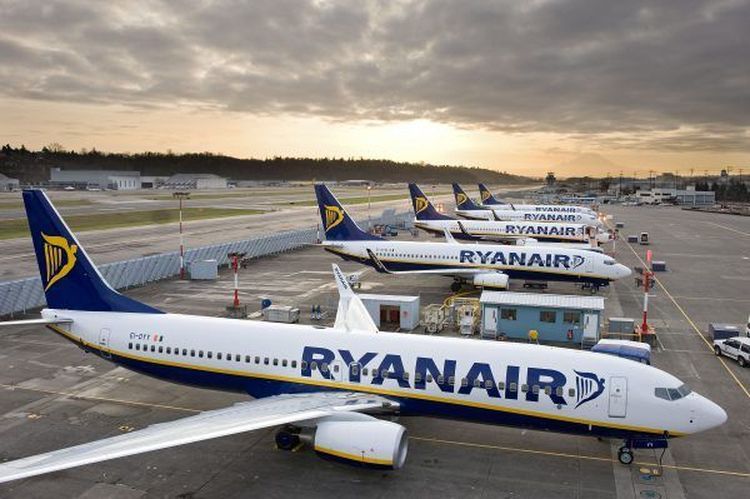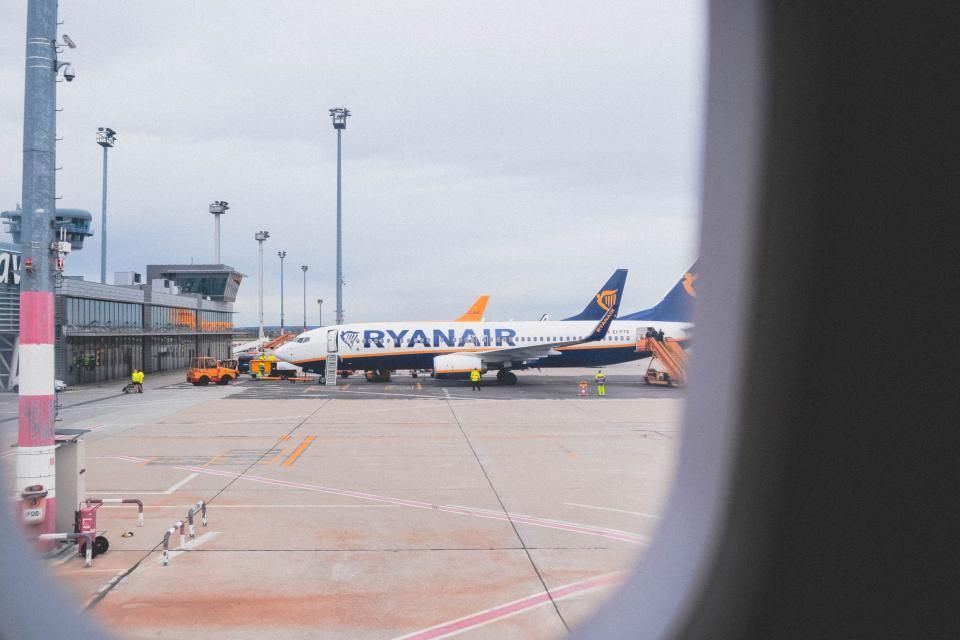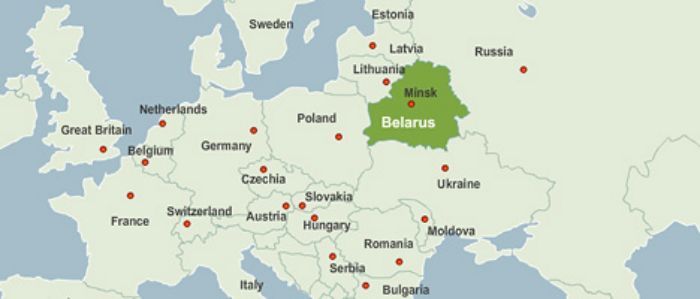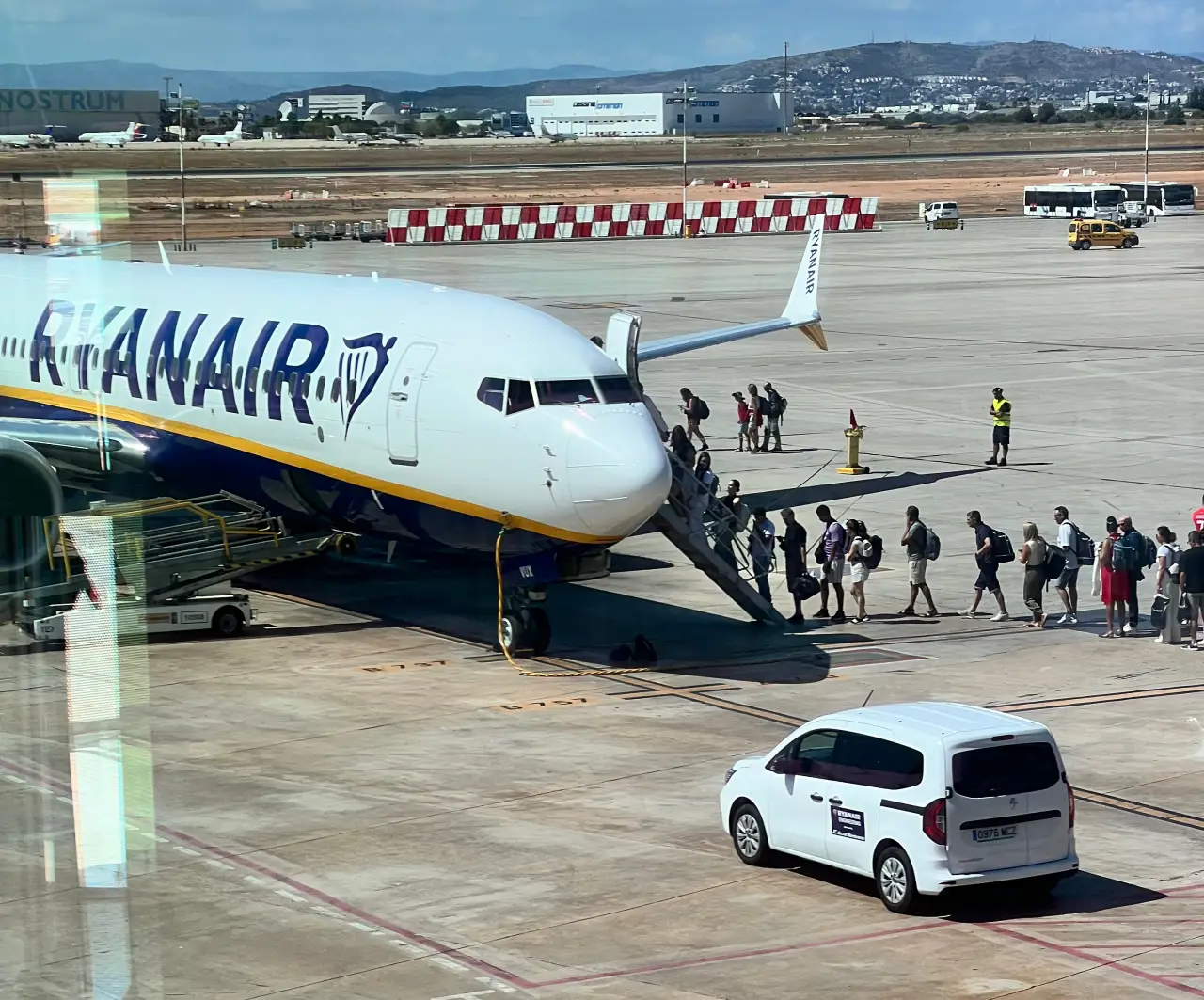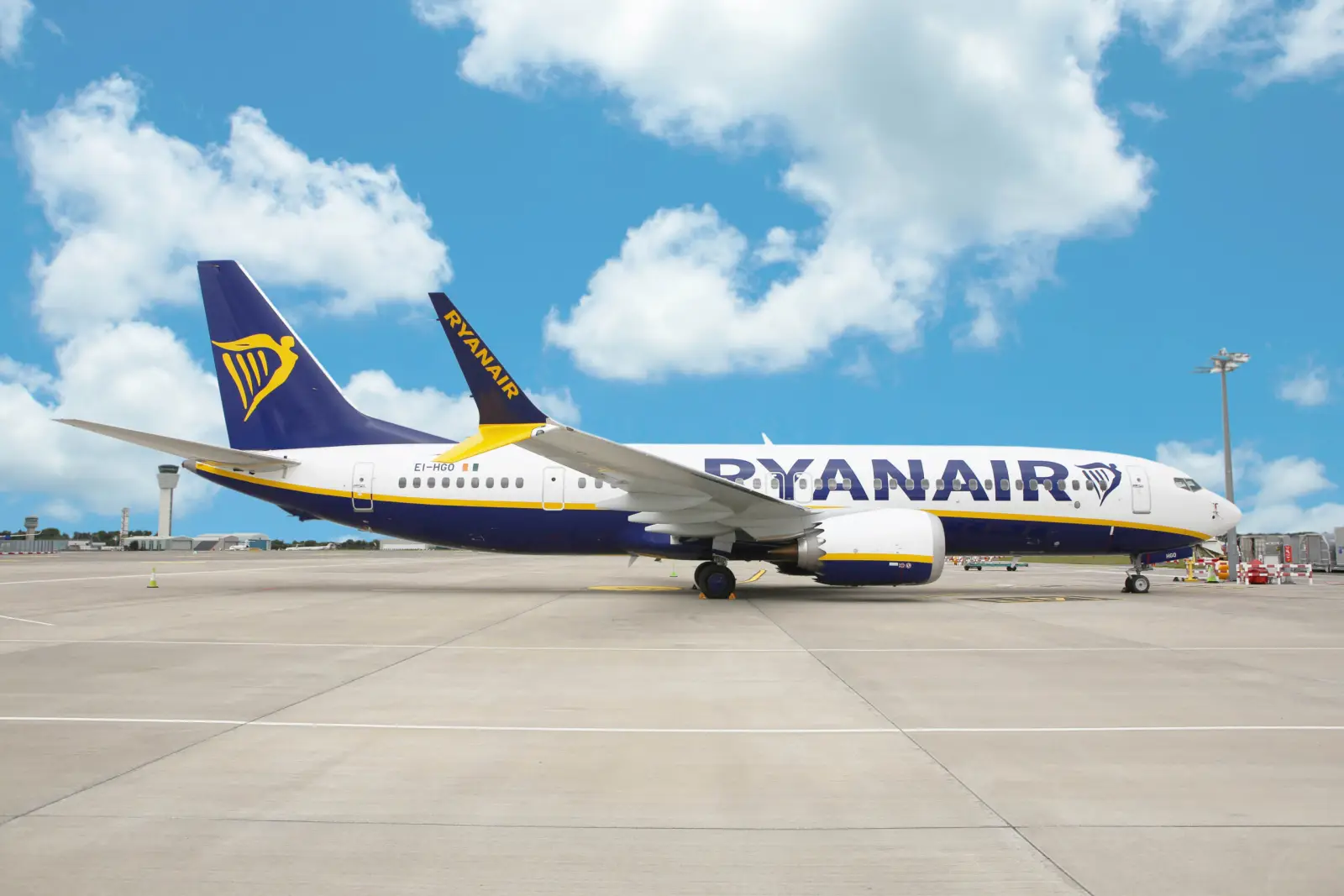Almost a quarter of the EU airports served by Ryanair are likely to be loss-making and propped up by taxpayers’ money which is used to subsidise airlines’ rapidly growing emissions, according to a new report.
The report concludes that 52 of the low-cost carrier’s 214 airports are either documented to be receiving subsidies (35) or have fewer than 500,000 passengers a year (17) – a conservative estimate of the threshold for profitability. Transport & Environment (T&E) said the European Commission should end state aid for loss-making airports in its upcoming review of state aid, like it did for coal mines earlier this decade.
Nearly half of Ryanair’s struggling airports are in France (16) and Italy (7), the report finds. They receive state aid from governments and local authorities through direct payments or tax exemptions. Paris Vatry served just 108,000 passengers in 2017 yet received €3 million in public subsidies – just under €30 per passenger.
Andrew Murphy, aviation manager at T&E, said: “This report paints a clear picture of public money subsidising Ryanair’s operating costs and inflating its bumper earnings and record breaking emissions. With governments struggling to rein in the sector’s climate impact, the first step should be calling a halt to subsidies which are only adding more fuel to the fire.”
The report provides a conservative estimate of high-ranking polluter Ryanair’s loss-making European airports.[1] Airports with greater passenger numbers, such as Charleroi in Belgium, are not included but may still receive millions in public subsidies every year. T&E said the European Commission needs to urgently review and tighten its state aid guidelines, which allowed this to happen, particularly in light of the sector’s rapid emissions growth.
Andrew Murphy concluded: “The European elections produced a consensus that much more needs to be done to cut aviation emissions. Ending state aid is a start but we also need to end aviation’s tax holiday and encourage the uptake of zero emission aviation fuels.”
Aviation CO2 emissions grew 3.9% within Europe last year – while emissions from all other industries in the emissions trading system (ETS) fell 4.1%. CO2 from flying in Europe has soared 26.3% in the last five years – far outstripping any other EU emissions source.
[1] The report provides a snapshot of an aviation sector with rapid emissions growth fueled by state aid. Ryanair was chosen due to its status as a leading emitter in the EU emissions trading system (ETS) and its history of benefiting from state aid to its airports. However, the T&E report calls for the Commission to conduct a comprehensive assessment of all state aid received by all airports and airlines in order to determine the exact figure.


